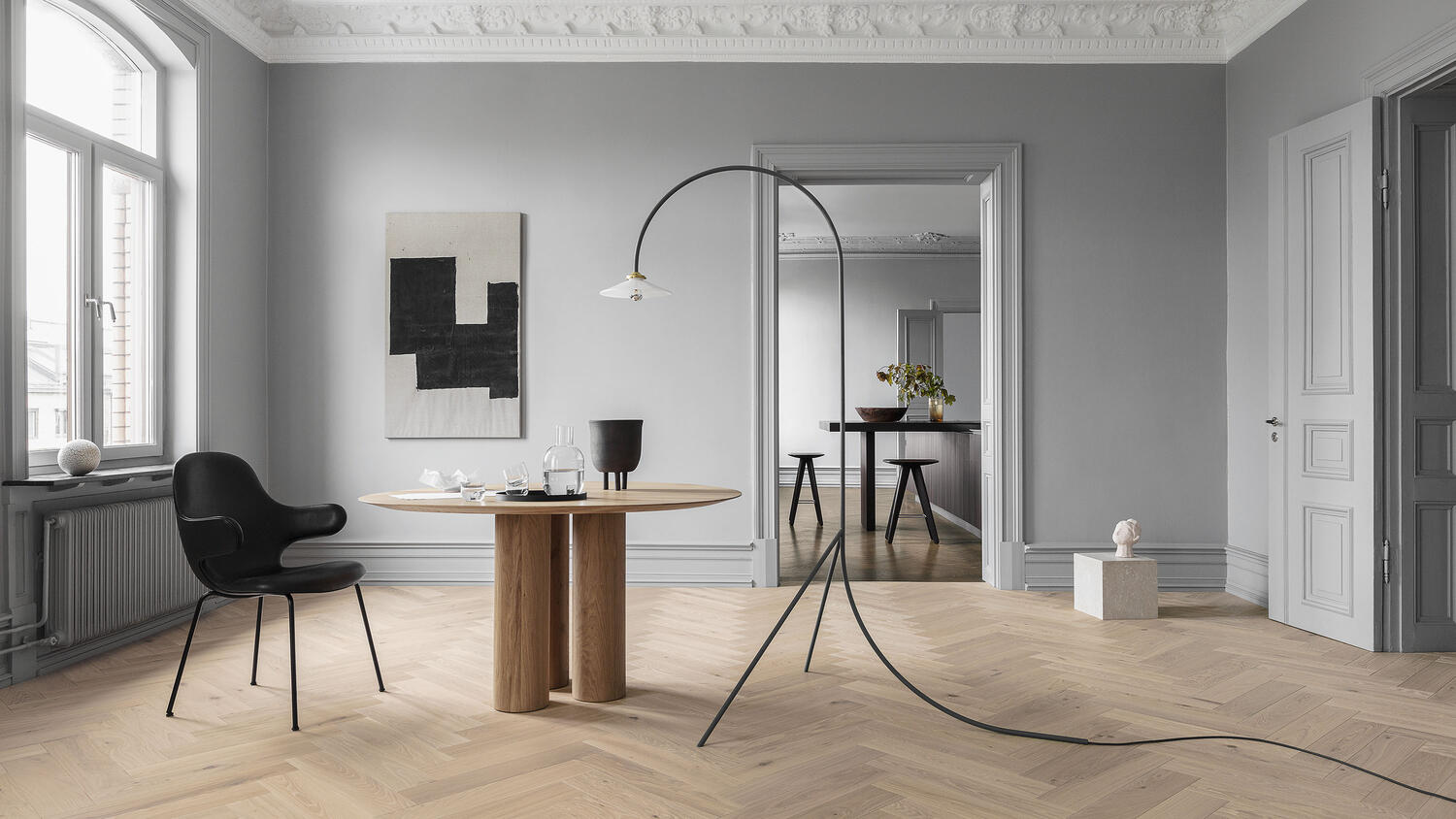Minimalist design principles are about stripping away the unnecessary, and creating functional, practical spaces that are beautiful in their simplicity. The most successful minimalist homes have one thing in common: every design element has been carefully considered, and serves a meaningful purpose. If you’re thinking of embracing this type of interior design style, here’s your guide to minimalist home interior design in Cheshire and the surrounding areas.
What Is Minimalism
Minimalism is not about living with less. It’s about a more intentional and thoughtful lifestyle, where we’re surrounded only with things that make us happy, that serve a purpose or bring us joy. It’s not about getting rid of everything you don’t need, but instead choosing what to keep based on your values and goals.
How To Start The Journey
The first step to embracing a minimalist lifestyle is accepting that you need to get rid of all the excess clutter in your home. You will want to start by going through the rooms in your house and deciding what items you want to keep, what items you can donate or recycle, and which items should be tossed. Keeping only the things that are necessary for living a happy life will leave you feeling more content with where you are.
Neutral Colours
The best colours for a minimalist interior are neutrals. They go with everything and don’t distract from the rest of the room. You can also use different shades of a neutral to create some contrast in your space. If you need help you can contact interior designer Chester for help and advice on the best colour scheme for a minimalist look.
Textures
Home design is a form of art and expression. Interior designers often use textures to create moods and enhance the feeling of space, to make spaces feel warm or cool, or like they are made from natural materials. Textures can be natural-looking, such as wood or stone, or they can be more abstract, such as ikat wallpaper. They can also be man-made materials that imitate nature such as linen or silk.
Flat Surfaces
The first step to a minimalist home design is to reduce the number of flat surfaces. Furniture, decor, and other home items are very visually heavy and can be distracting. By reducing the number of these objects, you’ll create a more open space that can help you feel more relaxed and at peace. While it may seem like an overwhelming task, there are ways to make this transition easier. For example, try using taller furniture pieces instead of smaller ones that take up more floor space.

Open Spaces
The idea of an open space home is that the walls are taken down and replaced with furniture, windows and a beautiful view. You can take this idea one step further by removing all the furniture as well and creating an even more open space for guests to enjoy. There are many reasons why people want to explore this design, but the most common are to create a feeling of openness, be able to see everything in your house at once, or use it as a temporary space while you remodel.
Lighting
When it comes to lighting, the best option is a mix of ambient and task lighting. Ambient lighting is your general light to add brightness and create a sense of cosiness in your home. Task lighting, on the other hand, illuminates just what you need it to, such as reading a book or doing some cooking.


